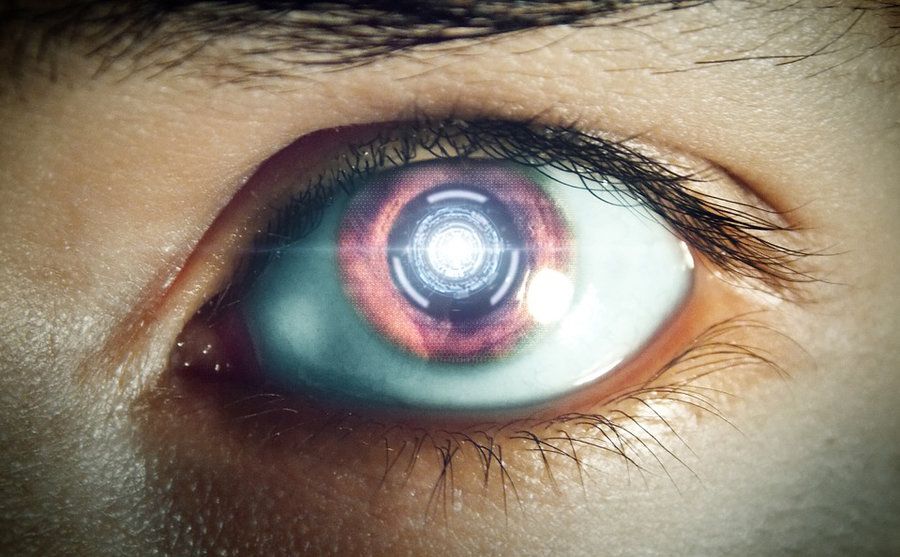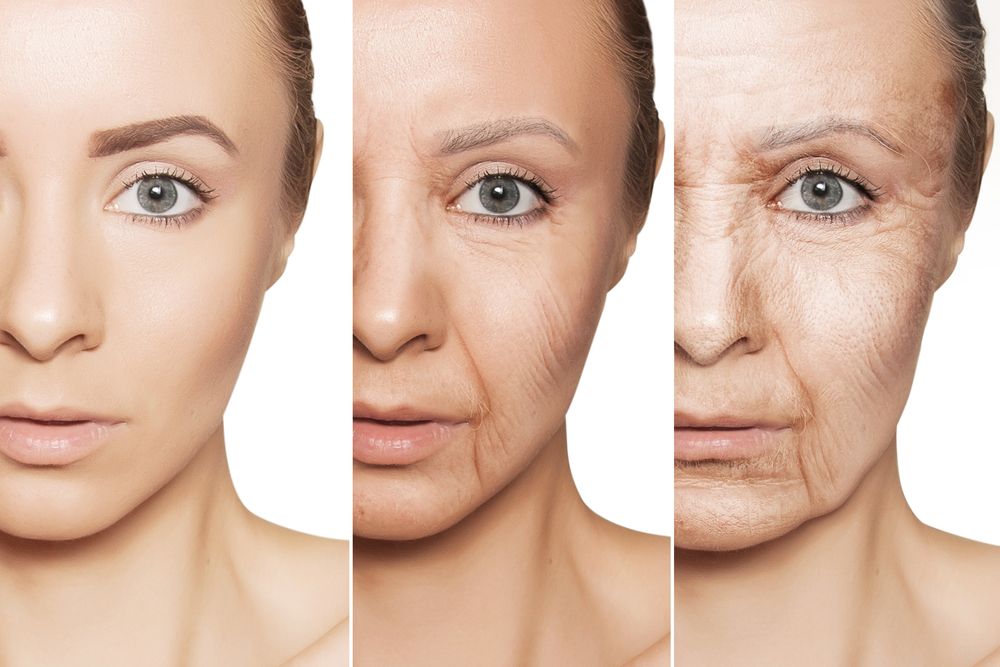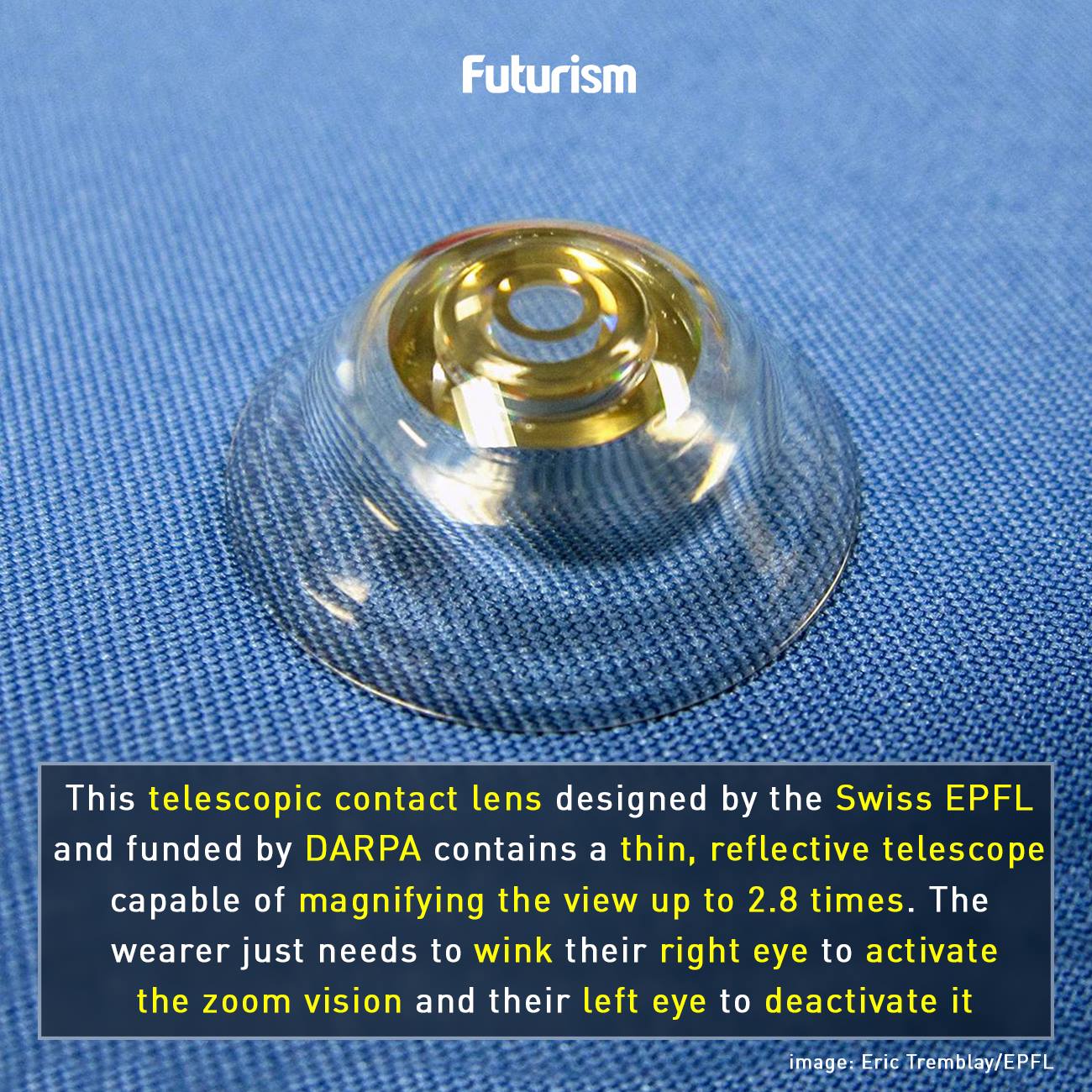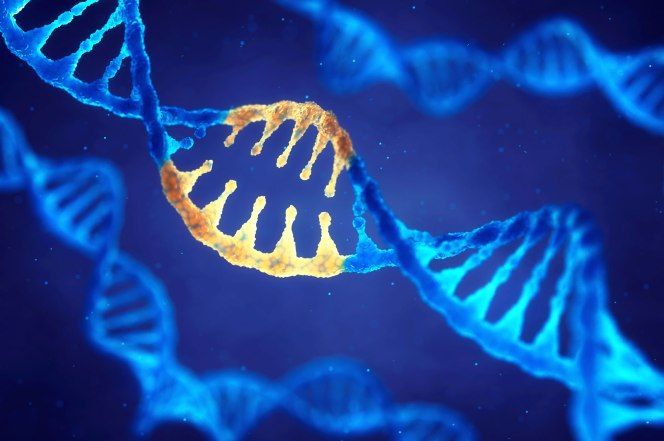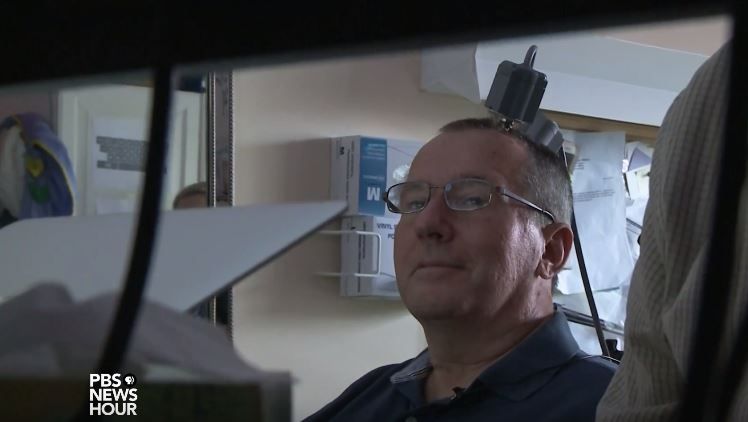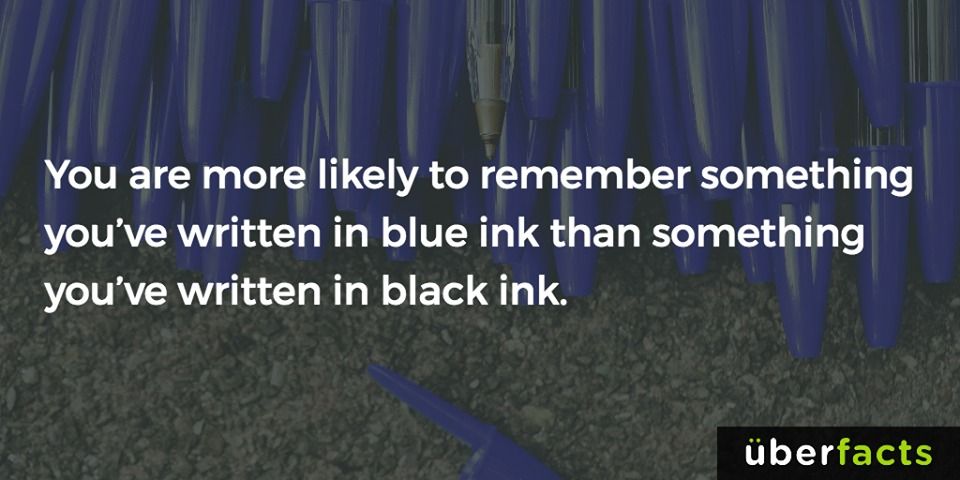Archive for the ‘biotech/medical’ category: Page 2437
Mar 21, 2017
More Pressure to Classify Aging as a Disease
Posted by Steve Hill in categories: biotech/medical, life extension
Longevity news from Sweden.
More pressure to include aging as a disease from a number of important scientists. This time Sweden is the focus for the push to have aging included in their disease classification.
Mar 20, 2017
Why Mary Lou Jepsen Left Facebook: To Transform Health Care and Invent Consumer Telepathy
Posted by Nancie Hunter in categories: biotech/medical, health, mathematics, neuroscience, wearables
“Yep, transforming health care and telepathy, those are the items on her to-do list. Jepsen plans to achieve both goals with a cheap wearable device that her engineers are now tinkering with in the lab. And then there’s the side benefit of reinvigorating the tired consumer electronics industry, which Jepsen thinks is due for the next big thing.
Jepsen was at SXSW to give a talk about Openwater, her new startup. While the company is still conducting R&D to decide on its first products, Jepsen feels the need to speak out now about what she’s building and how she thinks her technology could radically change society. She wants to give people fair warning and time to think about what’s coming. “I know it seems outlandish to be talking about telepathy, but it’s completely solid physics and mathematical principles—it’s in reach in the next three years,” she says.
Plus, she’s sick of stealth mode. “I haven’t been able to to talk about what I’ve been doing for five and half years while I was at Google and Facebook, and I don’t think secrecy is useful,” she says. She left Facebook in August, and in September she filed patents for her Openwater technology, which she expects to be issued any day now.
Mar 20, 2017
These new electronic glasses allow the legally blind to see
Posted by Roman Mednitzer in categories: biotech/medical, electronics
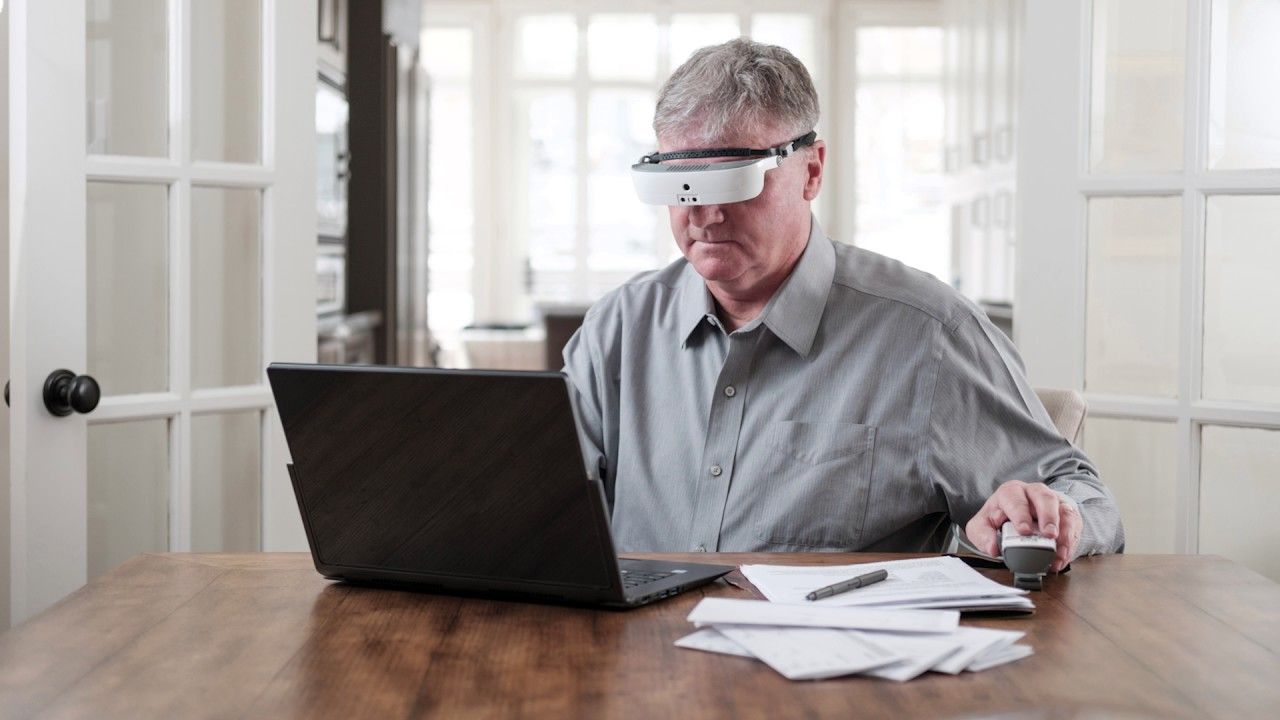
Toronto-based eSight Corp. has launched a pair of electronic glasses that allow the legally blind to see. The eSight3 glasses use high-tech image processing to give those who are legally blind the chance to experience what it is like to have 20/20 vision.
Users can control a variety of functions that are important for vision, including magnification, contrast, brightness and focus. Videos projected onto two OLED screens in front of the eyes allow the user to see the different functions in action.
Continue reading “These new electronic glasses allow the legally blind to see” »
Mar 20, 2017
Killing ‘zombie’ cells to improve health in old age
Posted by Steve Hill in categories: biotech/medical, life extension
A popular science article discussing the imminent arrival of senescent cell removing therapies.
Imagine a world where you could take just a single pill for the treatment or prevention of several age-related diseases. Although still in the realms of science fiction, accumulating scientific data now suggests that despite their biological differences a variety of these diseases share a common cause: senescent cells. This has led scientists to find drugs that can destroy these cells.
When cells become damaged, they either self-destruct (apoptosis) or they lose their ability to grow and remain stuck within the body. These are the non-growing senescent cells that no longer carry out their tasks properly. They spew out chemicals that cause damage to cells nearby, sometimes turning them into “zombies” – hence why they are sometimes referred to as “zombie cells”. Eventually, the damage builds up so much that the function of bodily organs and tissues, such as skin and muscle, becomes impaired. At this point, we identify the changes as disease.
Continue reading “Killing ‘zombie’ cells to improve health in old age” »
Mar 19, 2017
The terrifying DNA discoveries that are making science-fiction fact
Posted by Dan Kummer in categories: biotech/medical, genetics, transhumanism
Imagine a world where parents can give birth to superbabies with bones so strong they’re impervious to a surgical drill and a heart less prone to failure. A world where a child has DNA from three parents, not two. A world where it’s possible for a woman to have her favorite movie star’s child simply by collecting a few of his skin cells. Genetic technology is making it all a reality, horrifying some and heartening others.
Reproductive advances are arriving so rapidly, we’ve already entered the realm of science-fiction and are on the verge of making truly astounding leaps.
For more, look to the new book “The Gene Machine: How Genetic Technologies Are Changing the Way We Have Kids — and the Kids We Have” by Bonnie Rochman.
Continue reading “The terrifying DNA discoveries that are making science-fiction fact” »
Mar 19, 2017
Typing sentences by simply thinking is possible with new technology
Posted by Shailesh Prasad in categories: biotech/medical, computing, neuroscience
JUDY WOODRUFF: For decades, researchers have worked to create a better and more direct connection between a human brain and a computer to improve the lives of people who are paralyzed or have severe limb weakness from diseases like ALS.
Those advances have been notable, but now the work is yielding groundbreaking results.
Special correspondent Cat Wise has the story.
Continue reading “Typing sentences by simply thinking is possible with new technology” »
